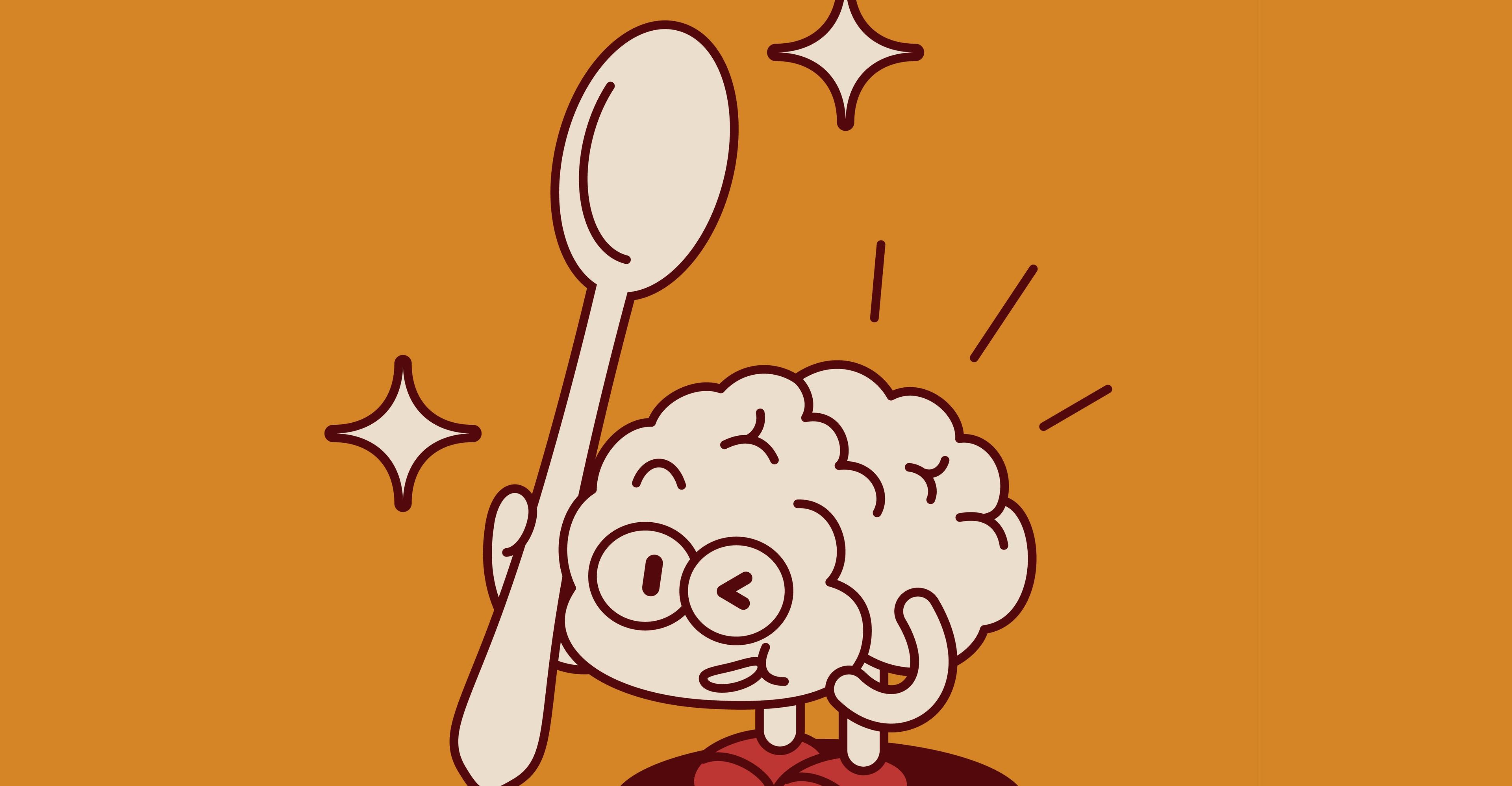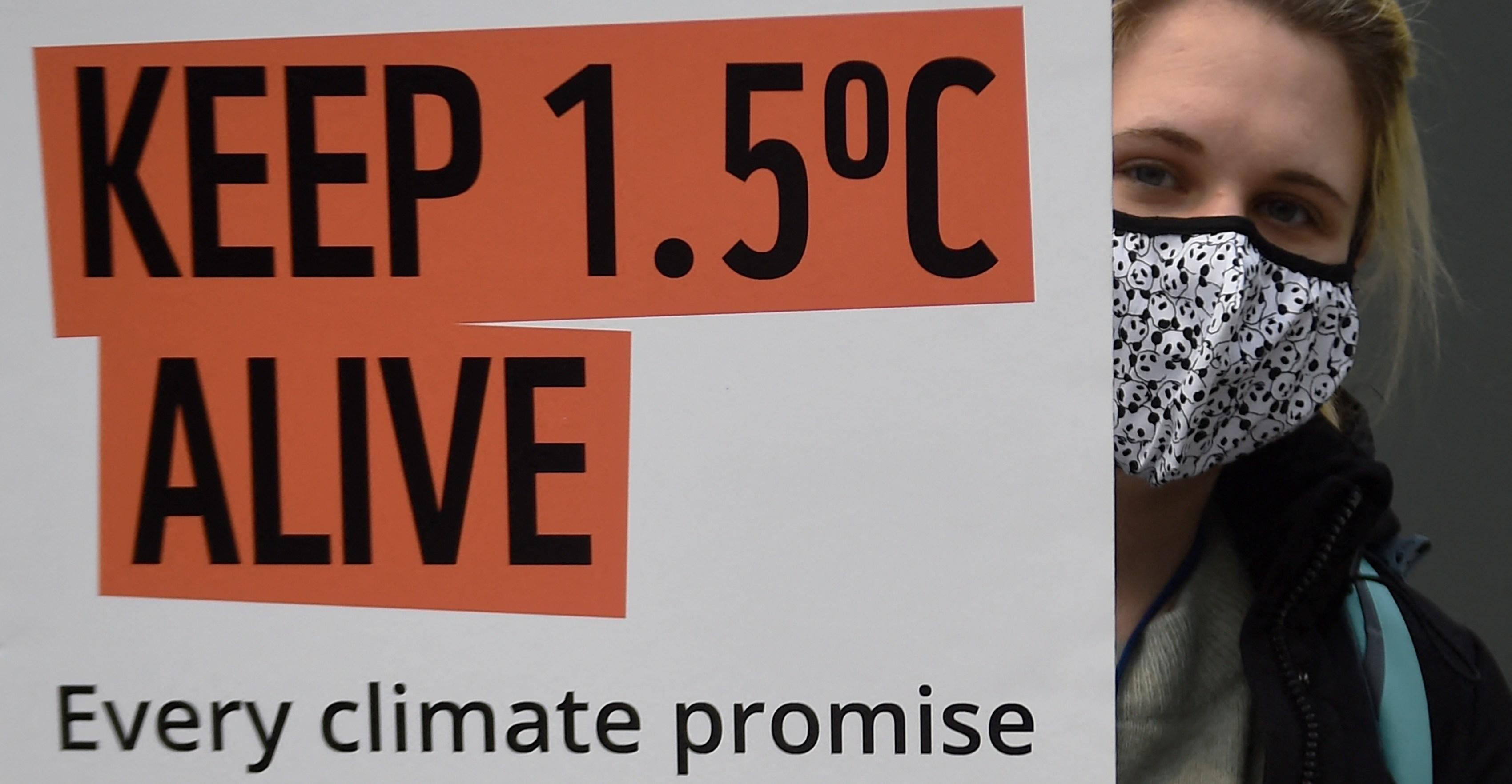A new solution to save the Joshua tree uses one of the Mojave’s ancient seed distributors: The camel.

In the summer of 2020, the Dome Fire leaped across the Mojave National Preserve in southeastern California, killing more than 1.3 million Joshua trees.
Three years later in 2023, which would go on to become the hottest year on Earth since record-keeping began, the 93,078-acre York Fire more than doubled the acreage of the Dome Fire, scorching large forests of the eastern species of the wild-armed yuccas. Entering these burn scars is surreal. A majority of the trees stand like tombstones, their trunks bone white.
:no_upscale()/cdn.vox-cdn.com/uploads/chorus_asset/file/25261826/22_Miles_W._Griffis.png)
Such deadly fires, combined with the increasing aridity and warming wrought by climate change, have made the fate of both the eastern and western species of the iconic Joshua tree tenuous.
While some Joshua tree sprouts have formed naturally in the ashes of these fires, their modern distributors, seed-caching rodents, only travel a short distance from their burrows, making it difficult for the yuccas to migrate across the massive burn scars and reestablish themselves. In short, Joshua trees are disappearing faster than the sprouts can take root.
In the absence of large megafauna like giant ground sloths that some scientists hypothesize served as seed dispersers for Joshua trees over 12,000 years ago, human volunteers organized by the National Park Service have taken over by planting sprouts of the beloved yuccas across the landscape.
In the years that the rehabilitation project has been underway, Park Service volunteers and rangers have planted thousands of Joshua tree sprouts in the scar of the Dome Fire. For some volunteer planting days in 2021 and 2023, they received the help of a distant cousin of a possible ancient seed distributor: the camel.
“Chico puts the drama in dromedary,” the camels’ owner, Jennifer Lagusker, said as he grumbled loudly, exposing his slimy tongue as volunteers loaded water jugs onto his frame on a warm day in late 2023. Lagusker wore a wide-brimmed hat, cargo pants, and a green volunteer T-shirt. She told me Chico is a dromedary camel recognizable by his single hump. His comrade, Sully, is a stunningly handsome but aloof Bactrian camel (two humps), while hard-working Herbie is a hybrid of the two species.
Chico, Sully, and Herbie helped volunteers by lugging water, heavy Joshua tree sprouts, and other supplies to remote locations in the burn scar.
:no_upscale()/cdn.vox-cdn.com/uploads/chorus_asset/file/25259820/3__1_.jpg)
:no_upscale()/cdn.vox-cdn.com/uploads/chorus_asset/file/25259822/7.jpg)
Camels are well adapted to carrying heavy loads and walking long distances because their feet are giant pads that distribute their weight evenly on the ground, making them more efficient and less impactful in desert environments than horses or mules, Lagusker explained.
But their presence in the Mojave National Preserve — in all their floppy-lipped goofiness — is significant: It harks back not only to the use of camels as surveyors of historic routes throughout the Mojave Desert in the mid-1800s, but also to their long-distant relatives, Camelops hesternus, or “yesterday’s camel,” that once lived in what is now the Mojave.
These modern camels aren’t eating Joshua tree fruits and distributing the hockey-puck-shaped seeds as yesterday’s camel is hypothesized to have done, but using them to carry Joshua tree sprouts and water offers an echo of the past and an intriguing solution for today’s challenge to save a tree that’s especially vulnerable to vanishing in a changing climate: What if we restored big mammals, capable of spreading seeds farther and faster, to the ecosystems that need them?
:no_upscale()/cdn.vox-cdn.com/uploads/chorus_asset/file/25259721/5.jpg)
Modern camels all share a common ancestor, Paracamelus, which diverged from yesterday’s camel millions of years ago and crossed the land bridge into Eurasia — eventually bringing them to share a common landscape with the Joshua tree. Camelops disappeared during the megafaunal extinction at the end of the Pleistocene alongside the giant ground sloth, marking the demise of what might have been the trees’ megafauna seed distributors. The evidence for this isn’t complete, however, and some scientists say that the spread of Joshua tree seeds has long relied on rodents.
Lagusker was inspired to help plant trees with her camels after joining a camel trek in 2021 led by her friend, Nance Fite, who once owned the “world’s highest-ranking camel” after it was named a deputy as part of the Los Angeles Sheriff’s Department. Their trek followed a portion of the historic Mojave Road that bisects Mojave National Preserve and was traveled by surveyors riding camels brought in from ports in the Mediterranean during the “sinister” United States Camel Corps experiment in the 1850s.
“A lot of Route 66 was surveyed off camel,” Fite said, detailing her multi-day camel treks on the historic road originally made and navigated by the ancestors of the Mojave people. Once she heard about the planting efforts in the preserve, Fite suggested she and Lagusker volunteer with the camels to help with the first restoration efforts in the Dome Fire burn scar. “We wanted to do everything we could to help after the fire happened,” Fite said.
:no_upscale()/cdn.vox-cdn.com/uploads/chorus_asset/file/25259919/34.JPG)
In the years ahead, Lagusker hopes to work more closely with the NPS to organize a long train of camels, as many as 12 strong, if they’re invited back for future volunteer efforts. This will make the planting and watering processes more efficient in the future, as some of the sites are many miles from roads and each needs at least 5 gallons of water. Fite said they’re also open to helping private landowners affected by the York Fire. They both believe the use of camels could be a powerful solution to restore Joshua tree forests after wildfires.
Brendan Cummings, the conservation director of the Center for Biological Diversity, has participated in the planting effort in the Preserve many times, even joining the camels in 2021. He said they hold great potential for being able to scale up restoration efforts in more remote areas, especially since the Mojave is getting hotter and drier, meaning the sprouts will need more water to survive. The NPS said this August that 80 percent of the trees planted between 2021 and 2022 have died. Saving Joshua trees, Cummings said, will take a lot of groundwork and money in these more extreme conditions. Anything that can be used to advance the effort should be implemented.
:no_upscale()/cdn.vox-cdn.com/uploads/chorus_asset/file/25259911/8.jpg)
:no_upscale()/cdn.vox-cdn.com/uploads/chorus_asset/file/25259912/13.jpg)
“Even if they are only a small part, camels bring a certain je ne sais quoi to the event that adds a mix of absurdity plus practicality,” Cummings said, “which pretty much sums up what a camel is.”
At the end of a long day on the preserve late last year, three camels walked in a neat, efficient line, their long-humped shadows stretching across the burn scar. With 24 new Joshua tree sprouts planted and watered on Cima Dome, they trekked back to the planting headquarters with light loads. They put one padded foot in front of the other, passing by torched yuccas and invasive grasses lit gold by the sunset.

9 actually good things that happened to animals this year
- 2 hours ago

One of Trump’s grudges now threatens America’s weather forecasts
- 2 hours ago
Harrison Ford to get lifetime acting award
- 11 hours ago
Silver: NBA to explore relief for Heat over Rozier
- 3 hours ago

Trump’s attack on trans health care, briefly explained
- 2 hours ago

Sony’s XM5 over-ear headphones are cheaper than ever — and they come with free wireless earbuds
- 4 hours ago
Water aggression against Pakistan: India curtails Jhelum flows after Chenab
- 11 hours ago
Is eliminated Chiefs' Super Bowl window closing -- and what changes are ahead?
- 3 hours ago
Heat F Jovic's MRI clean after hard fall; day-to-day
- 3 hours ago
More than 42mn children administered polio vaccination during final polio drive in Pakistan
- 16 hours ago

Arcade1Up isn’t dead, maybe
- 4 hours ago

Climate change is rewriting polar bear DNA
- 2 hours ago









